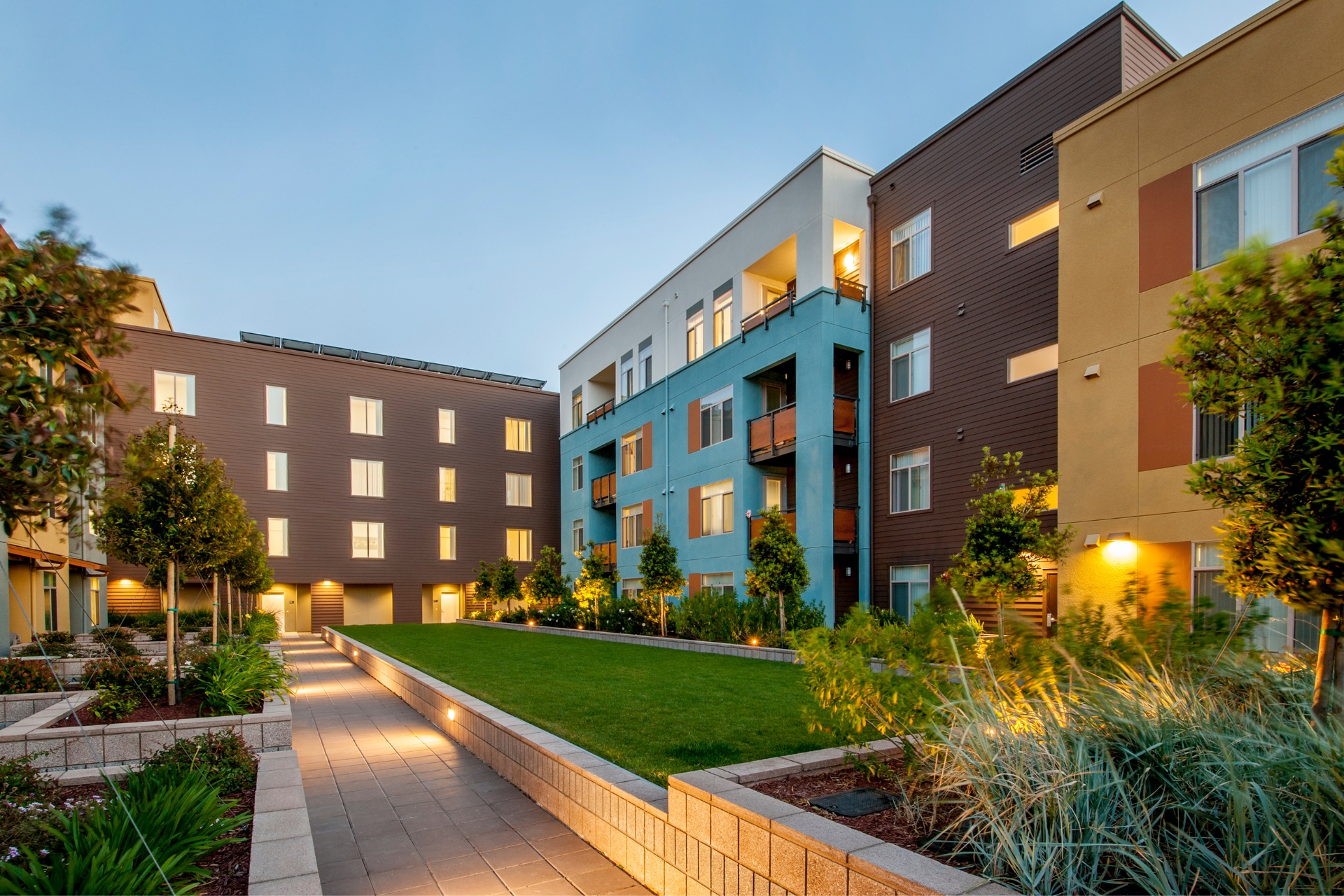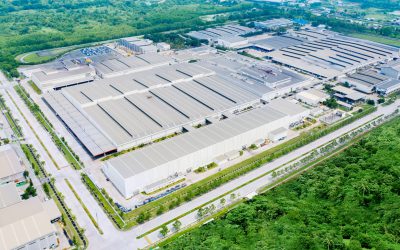There are countless types of commercial real estate properties available today. While they all aim to generate income in one way or another, each serves its own distinct purpose. If you’re looking to invest in or develop any of these properties, then it’s essential to understand what each one has to offer. Let’s explore some popular types of commercial real estate properties.
Retail Space
Retail space is one of the most common types of commercial real estate in most markets. It’s generally leased to tenants who run businesses that sell products or provide services directly to consumers. Some retail properties may have multiple tenants while others may be single tenant locations.
These properties range from small shops to large shopping malls and typically support stores, salons, or restaurants. The location of a retail space often decides its tenant’s success, as it directly affects how many customers will be attracted to their business.
When evaluating retail properties, it’s important to consider factors such as demographics and the surrounding area. Don’t forget to assess the location’s potential for future growth, development, competition, and transportation accessibility.
Office Space
Office buildings are also popular commercial real estate properties. They’re often used by entrepreneurs and small businesses, law offices, accounting firms, physicians, and insurance agencies for administrative purposes and professional services. Office spaces often have several floors or levels with multiple offices available for lease.
Like most commercial properties, office spaces are often classified as either Class A, B, or C. Class A office spaces are the newest and most desirable, while Class B properties are older and less competitive. Class C buildings are the oldest, least accessible, and most in need of ongoing maintenance.
When choosing an office space, always consider its location, amenities, and visual appeal. Ideally, it should be clean, comfortable, and conveniently located for all clients, partners, and employees. If you’re on a tight budget, then do your best to balance amenities, accessibility, and affordability.
Assess the space’s lease term and potential for future development, and keep an open mind when opportunities arise. Always keep your long-term goals in mind, but don’t neglect your company’s current needs.
Industrial Property
Industrial property includes warehouses and manufacturing plants that companies use to store materials or produce goods in large quantities. They can range from small storehouses to massive factories with thousands of square feet of space. Modern flex spaces sometimes fall into this category, as they often feature space for both office and industrial uses.
Industrial properties often have lofty ceilings that can easily house equipment, appliances, and cutting-edge machinery. Plus, these properties may have loading docks that make it easier for vehicles to load and unload shipments both quickly and efficiently.
Self-storage facilities are also considered industrial properties. These commercial buildings serve various purposes, but many people employ them when moving to a new home or cleaning out their garage or attic. Contractors, entrepreneurs, and business owners sometimes use them to safely store vehicles, equipment, and materials between major projects.
When evaluating industrial properties for investment or leasing opportunities, always consider zoning laws, security features, and fire suppression systems. Don’t forget to map out access to ports, airports, and highways, as well as access to utilities like electricity, water lines, and sewage systems.
Multifamily Property
Though they’re technically a type of commercial real estate, multifamily properties serve a residential purpose. These properties are divided into smaller units to accommodate several separate living spaces. Multifamily properties generally include duplexes, townhomes, condominiums, and apartment complexes.
Each unit in a multifamily property may have its own address, entrance, kitchen, and bathroom. However, units often share walls or facilities like pools, dog parks, and laundry rooms. Tenants generally pay for their own utilities despite sharing some of these communal spaces.
These commercial properties can generate a substantial amount of cash flow, but they also require continuous maintenance and improvement to sustain their value over time. Therefore, the quality of its property management can often decide the success of any multifamily investment property.
Other Types of Commercial Real Estate
Various other properties fall under the category of commercial real estate. These include land, hotels, mixed-use properties, and special-purpose properties. Although each of these may overlap with other forms of commercial real estate, it’s helpful to emphasize their differences.
Vacant lots are often used commercially by small and large companies alike. Hotels generally fall into one of three categories: limited-service, full-service, or extended-stay. Mixed-use properties such as downtown high rises combine multiple purposes, and special-purpose properties don’t easily fit into other categories (e.g., zoos, arenas, theaters, and parking lots).
Ask about Commercial Real Estate Properties
Commercial real estate properties come in many shapes and sizes, from small standalone retail shops to enormous manufacturing warehouses. Investing in any of these properties comes with its own inherent risks and potential rewards, so it’s essential to understand what makes them each unique. Luckily, with knowledgeable advisors on their side, anyone may enjoy the many benefits they can offer.
Whether you’re curious about commercial real estate investing, property management, or consulting services, we’re always here to support your goals. Please feel free to give us a call or contact us online to schedule a free consultation with one of our agents today.




